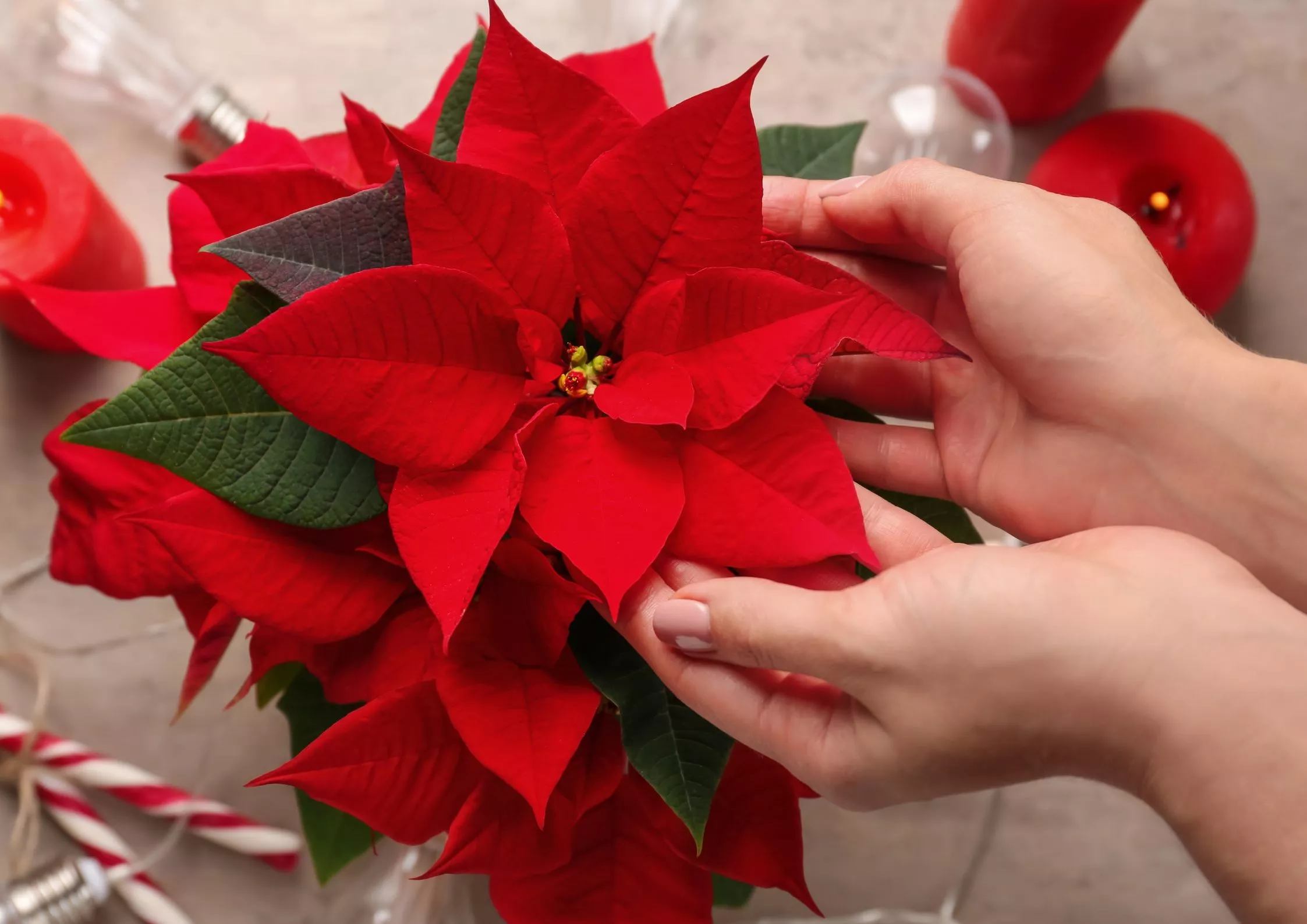The Christmas Star, also known as the Poinsettia or Euphorbia pulcherrima, is a plant that captivates with its vivid red and green palette, becoming a symbol of festive cheer around the world. Despite its widespread popularity, many enthusiasts find it challenging to maintain the plant’s vibrant colors and lush foliage once it’s brought indoors. This article delves into the nuances of successfully cultivating and caring for your Christmas Star, ensuring it thrives and brings joy to your home.
#### The Secret to a Thriving Christmas Star
**Optimal Lighting Conditions:**
One of the critical factors in nurturing a healthy Christmas Star is ensuring it receives ample light. This plant relies on light to perform photosynthesis, the process by which it converts light into the energy it needs to maintain its stunning green leaves and vibrant red bracts. Lack of sufficient light can lead to yellowing leaves that eventually fall off. Positioning your plant in a well-lit area, away from direct sunlight, can mimic its natural environment and promote robust health.
**Balancing Humidity and Temperature:**
Christmas Stars are sensitive to their surrounding environment, particularly to sudden changes in humidity and temperature. Placing your plant near devices that alter room conditions, such as heaters or air conditioners, can stress the plant, leading to leaf drop. These tropical natives thrive in conditions that balance moisture and warmth, ideally away from cold drafts or excessively dry air. During winter, when indoor heating can reduce humidity levels, consider using a humidifier to maintain a comfortable environment for your plant.
**The Ideal Substrate:**
The foundation of any successful plant care begins with the right substrate. For the Christmas Star, a mix that ensures good drainage and aeration is crucial due to its sensitive root system. A recommended blend includes perlite, acidic plant substrate (similar to what azaleas require), and well-aged worm compost to deliver a nutrient-rich, yet well-draining environment. This mix not only supports robust root growth but also prevents root rot, a common issue in overly compacted soils.
**Natural Fertilization Techniques:**
Commercial cultivation of the Christmas Star often involves the use of hormones and fertilizers to achieve its spectacular blooms. However, at home, you can opt for more natural fertilization methods. Banana peel powder, for example, is an excellent organic option. Dry and grind banana peels to a powder, and mix this into your substrate. This not only feeds your plant but also promotes the intense red coloring of its bracts, making your Christmas Star a truly eye-catching display.
**Repotting and Root Care:**
When repotting your Christmas Star, it’s essential to handle its roots with care. These plants do not have a main taproot but instead rely on a network of fine roots that can be easily damaged. Gently loosen the roots when transferring to a new pot, which should be slightly larger than the previous one to accommodate growth. Mix some of the plant’s original substrate with the new mix to help ease the transition and reduce stress.
**Watering Wisdom:**
Watering needs vary across different stages of the Christmas Star’s life cycle. During its blooming phase, the soil should be kept moist but not waterlogged. Touch the substrate to gauge moisture levels; it should feel dry to the touch before you water again. Over-watering can lead to root issues, while under-watering can stress the plant, affecting its vibrancy and overall health.
**Temperature Considerations:**
Maintaining an appropriate temperature is crucial, especially for young or newly purchased plants. Avoid exposing Christmas Stars to temperatures below 15* °C (59°F), as cold stress can significantly impact their health and appearance. While mature plants can endure lower temperatures when grown outdoors, it’s the combination of cold and wet conditions that poses the greatest risk.
### Conclusion
Cultivating a Christmas Star at home goes beyond mere decoration; it’s about creating a thriving environment for a plant that symbolizes warmth, joy, and the festive spirit. By understanding and catering to its specific needs, from the right substrate and humidity levels to careful watering and natural fertilization, you can ensure your Christmas Star remains a vibrant centerpiece in your home. Remember, a healthy Christmas Star is not just for Christmas but can bring beauty and satisfaction all year round.

